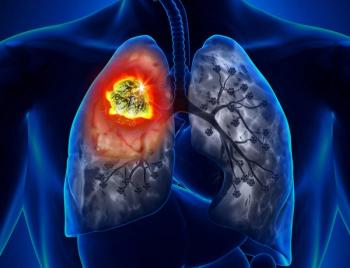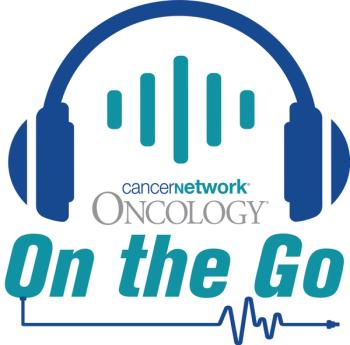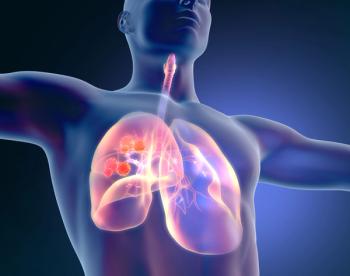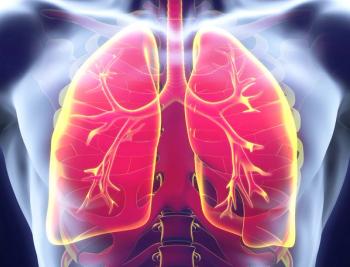
Oncology NEWS International
- Oncology NEWS International Vol 10 No 12
- Volume 10
- Issue 12
Weekly Gemcitabine/Vinorelbine Proves Effective in NSCLC
SAN FRANCISCO-A weekly regimen of gemcitabine (Gemzar) plus vinorelbine (Navelbine) appears to be equivalent to platinum-containing doublets in untreated or previously treated non-small-cell lung cancer (NSCLC), M.D. Anderson Cancer Center researchers reported at the 37th Annual Meeting of the American Society of Clinical Oncology (ASCO). George R. Blumenschein, Jr., MD, now with the Arlington Cancer Center, Arlington, Texas, presented the results at a poster session (abstract 1371).
SAN FRANCISCOA weekly regimen of gemcitabine (Gemzar) plus vinorelbine (Navelbine) appears to be equivalent to platinum-containing doublets in untreated or previously treated non-small-cell lung cancer (NSCLC), M.D. Anderson Cancer Center researchers reported at the 37th Annual Meeting of the American Society of Clinical Oncology (ASCO). George R. Blumenschein, Jr., MD, now with the Arlington Cancer Center, Arlington, Texas, presented the results at a poster session (abstract 1371).
The study included 42 patients with untreated NSCLC and 38 previously treated patients. Patients received vinorelbine 25 mg/m² and gemcitabine 900 mg/m² on days 1, 8, and 15, every 4 weeks. Originally, patients received doses of 30 mg/m² and 1,000 mg/m², respectively, but these doses were later reduced because of toxicity. "The major difficulty with the schedule was the need to withhold or reduce day-15 doses in some patients," Dr. Blumenschein said.
Among the 37 evaluable previously untreated patients, there were 15 partial responders (41%), 14 with stable disease (38%), and 8 with progressive disease (21%). Median survival was 44 weeks, 1-year survival 43%, and 2-year survival 31.6%. Grade 3-4 toxicities included granulocytopenia (2.5%, 2.5%), thrombocytopenia (2%, 0%), fatigue (5%, 0%), and dyspnea (5%, 0%).
Among the 36 evaluable previously treated patients, there were 6 partial responders (17%), 18 with stable disease (50%), and 12 with progression (33%). Median survival was 36 weeks, 1-year survival 29%, and 2-year survival 11.8%. Grade 3-4 toxicities included granulocytopenia (5%, 2.5%), thrombocytopenia (5%, 0%), and dyspnea (2.5%, 2.5%).
Articles in this issue
almost 24 years ago
Elderly Colon Cancer Patients Benefit From Adjuvant Chemotherapyalmost 24 years ago
Stromal Cells May Be Involved in Development of Breast Carcinomaalmost 24 years ago
Intercultural Facts About Canceralmost 24 years ago
Nurse-Provided Education Crucial to Sural Nerve Graft Prostatectomy Patientsalmost 24 years ago
18-Gene Cluster Found in ER-Positive Breast Cancersalmost 24 years ago
Viread OK’d for Treating HIV With Other Antiretroviralsalmost 24 years ago
Surgeons in New York Operate on Patient in Francealmost 24 years ago
Fulvestrant Reduces Cell Turnover Index More Than Tamoxifenalmost 24 years ago
New Lung Cancer Campaign Launchedalmost 24 years ago
CPDR Updates Its Prostate Cancer WebsiteNewsletter
Stay up to date on recent advances in the multidisciplinary approach to cancer.



















































































